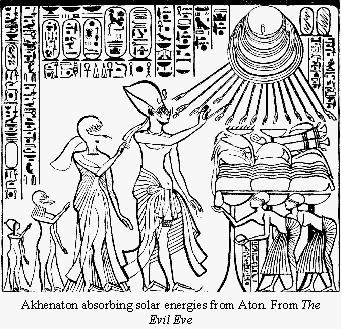

Yet synesthetes who associate colors with numbers, while reporting seeing the 2's, also described a flash of color (whatever color they see 5 as) between the 2's, and were thus able to report the entire group: 252. Since it's difficult to process the middle number in this situation, most subjects reported seeing only the 2's. According to Ramachandran, this and similar tests prove synesthesia is a genuine perceptual phenomenon.Įdward Hubbard, a psychology graduate student and colleague of Ramachandran's, described another study based on "crowding." Subjects were shown quickly a group of similarly shaped numbers crowded together (say, 252) in their peripheral vision. For those synesthetes (who see numbers in color and for whom 5 and 2 appear as different colors), the triangle popped out. Non-synesthetes took significantly longer than their sensorially gifted counterparts to identify the triangle. Ramachandran, director of the Center for Brain and Cognition at the University of California, San Diego, described a study conducted last year where subjects were asked to find a pattern in a field of similarly shaped numbers (a triangle of 2's in a field of 5's, for example). But here now were the faces of synesthesia, those who have it, describing how it affects their lives, and those who research it, presenting studies that were surprisingly simple and convincing. I had already read about the centuries-long documented history of synesthesia, beginning with John Locke, who wrote about it in 1690 famous synesthetes (Vladimir Nabokov, Franz Liszt, physicist Richard Feynman, etc.) and brain imaging technologies (positron emission tomography and functional magnetic resonance imaging) that validate this as a bona fide neurological happening. There I was, taking notes in a paneled meeting room at Princeton University, but I might as well have been on another planet, or at least in another country, one where I could grasp the words spoken but not the images conjured - images that these synesthetes, giddy with discovery of others like themselves, recognized as clearly as the spellings and colors of their own names. While my official reason for attending was a journalist's quest for an unusual story, the equally compelling motivation was personal curiosity - what is this thing residing within my father? Roughly half of the 50 attendees of the meeting were "synesthetes," the other half scientists and physicians researching the phenomenon. Last spring, after doing preliminary research, I attended the first meeting of the American Synesthesia Association. I remember this moment on the pavement because it raised one of those Big Questions, a fundamental mystery: Do you see what I see? It stuck with me and eventually led me down a path that, unlike most fundamental mysteries, actually has an answer, albeit one I never anticipated. I began to see language less as a bridge between people than as a threadbare rope tossed from one edge of a precipice to open hands at another. I understood that when my sister agreed on the name chartreuse, she might, in fact, be seeing what I call red or yellow or blue.

I must have been 7 or 8, squatting on the summer-hot pavement with my sister, scrawling disappearing messages on the concrete with snapped leaves of an ice plant, when it occurred to me that people could agree on the name of a thing, in this case, a color - the green of the translucent fluid that oozed from the leaf, which we determined was chartreuse - while seeing it very differently. I filed it away as a question to return to. He dismissed it as an association he must have learned as a child from building blocks. To hear their descriptions of the world is to feel half-blind, half-deaf or at least very simple.Ī few years ago, after describing for my parents an article I'd read about synesthesia (which none of us had heard of), my father confessed that he had always seen numbers in color. Some also see numbers in color, hear music and speech in color, taste shapes, smell sounds - the list goes on. In its most common manifestation, people see letters in color.

They have a neurological condition known as synesthesia, which is often described as a sensory cross-wiring in the brain. I'm a believer in the power of metaphor and all that, but the people who described how they saw the colors of a, l, l, i, s, o and n - and the hues they create as a single word - were being literal. I'm told that the letters of my first name form the color of iced tea or pale plums or eucalyptus leaves (with silvery undersides). By Allison Hoover Bartlett January 22, 2002


 0 kommentar(er)
0 kommentar(er)
